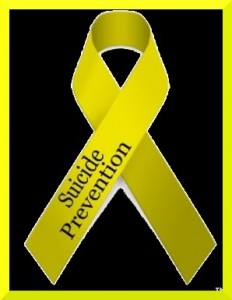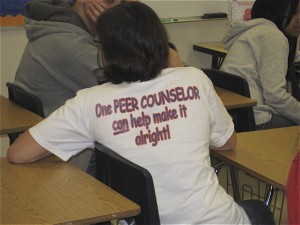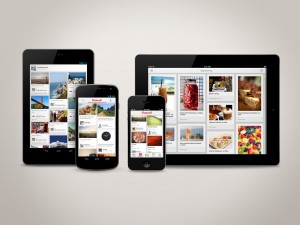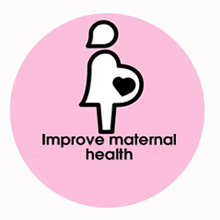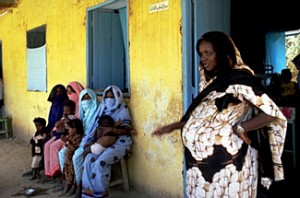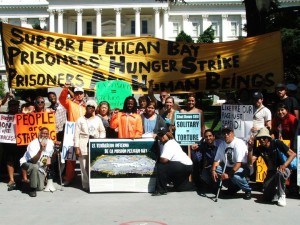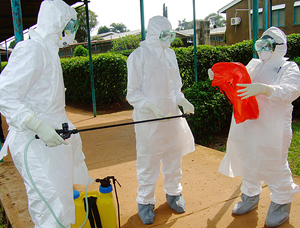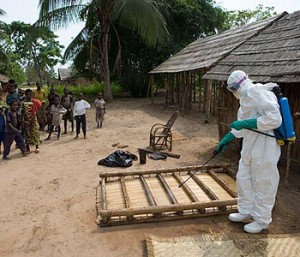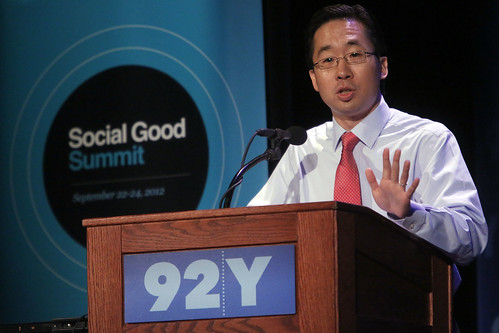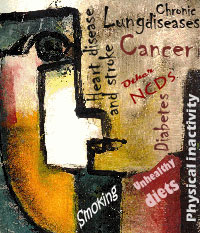I would like to start off this blog post with a simple statement: I love reading. I can read for hours if I had nothing else to do. Last summer, I was looking to find new books to read. While looking online, I came across Half the Sky: Turning Oppression into Opportunity for Women Worldwide written by Pulitzer-Prize winning journalists, Nicholas Kristof and Sheryl WuDunn. Usually, I am not really into non-fiction books, but the book had received positive reviews. After I started reading the book, I just could not stop. Each story made me feel shocked, surprised, hopeful, fortunate and amazed. It really was a thought-provoking book and completely opened up a new perspective for me. I realized that as a woman myself, I do take things such as education and reliable healthcare for granted. The book documents real-life stories of women in developing countries who face sex trafficking, forced prostitution, maternal mortality, gender-based violence and lack of education. Women are the victims of these issues every ninety seconds and almost two-hundred million poor women in developing countries, face these issues on a daily basis. The book proves that even though it is the 21st century, human rights violations are occurring all over the world. Women are disfranchised and are at the bottom of the hierarchy. Women and girls all over the world have the power to change the world, and all they need is just a chance.
Half the Sky was turned into a two part real-life documentary featured on PBS on October 1st and 2nd. This documentary features six American female celebrities: Meg Ryan, Gabrielle Union, Diane Lane, America Ferrera, Eva Mendes, and Olivia Wilde. These celebrities traveled with Kristof to ten countries around the world to meet these courageous women. This documentary also showcases the heroic efforts of the men and women working to improve the society and to stop the oppression of women worldwide. We meet several hard working and inspiring individuals such as Somaly Mam, Urmi Basu, Amie Kandeh, and Edna Adan, and John Wood.
Last week, the Taliban militants in Pakistan shot a young fourteen year old girl named Malala Yousafazai, who is an avid advocate for girls’ education. Another incident in Indonesia, a girl was expelled from school because she had been raped. These are real examples of oppression of women and gender inequality. Interestingly enough, both of these events coincided with the first Day of the Girl on October 11th. We all know that educating a girl has many benefits including decreased infant mortality rate, healthier families and increase in overall economic productivity. Are there any negative consequences of getting a girl educated?


